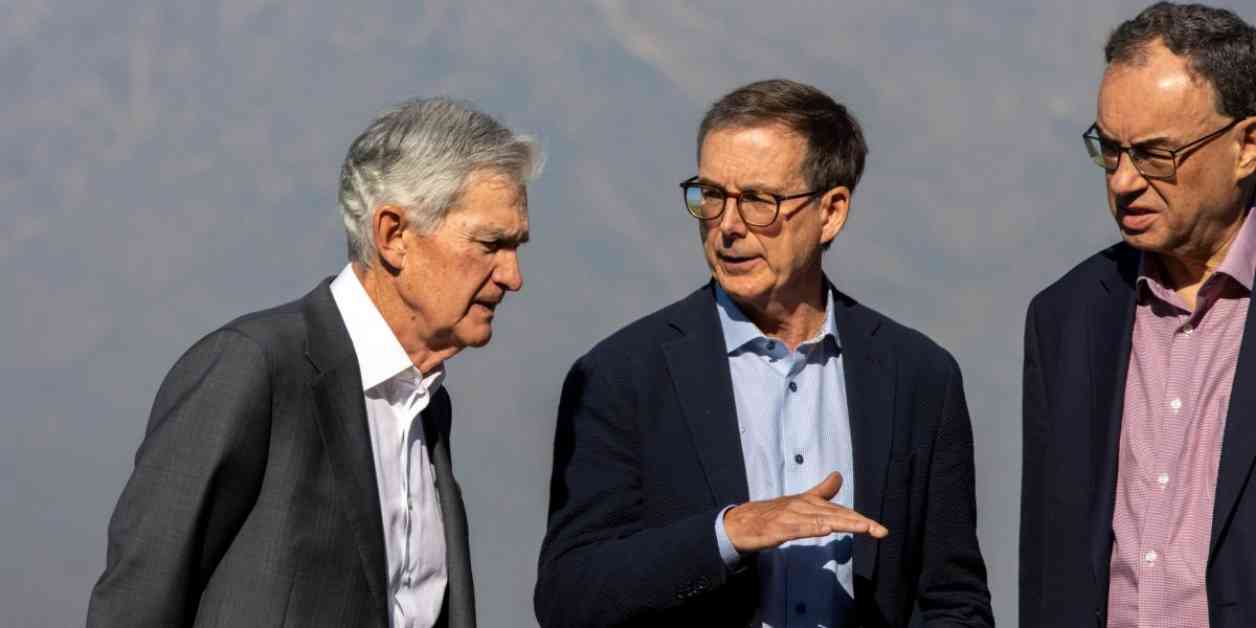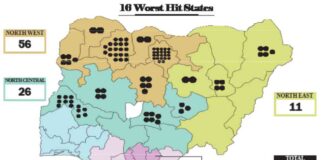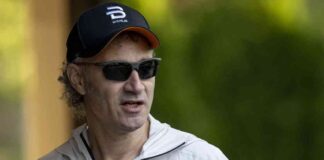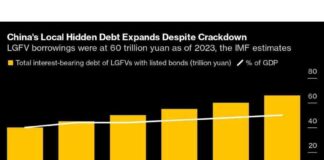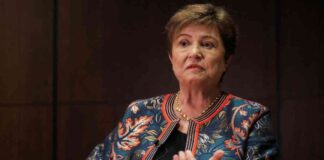The Federal Reserve Bank of Kansas City’s annual economic symposium in Jackson Hole, Wyoming has come to a close, with economists and central bankers from around the world gathering to discuss the current state of the labor market and potential risks to unemployment. Here are some key takeaways from the conference.
Powell’s Pivot and Interest Rates
One of the highlights of the conference was Fed Chair Jerome Powell’s highly anticipated speech, in which he affirmed expectations for an interest-rate cut at the central bank’s next gathering on Sept. 17-18. Powell’s remarks boosted stock prices and Treasury yields, signaling a shift in monetary policy to address the cooling labor market and other economic challenges.
“The time has come for policy to adjust,” Powell stated during his speech. He emphasized that the direction of travel for interest rates is clear, and the timing and pace of rate cuts will depend on incoming data and the evolving outlook. Powell expressed confidence that inflation is on a path towards the Fed’s 2% goal, but acknowledged the unmistakable cooling in the labor market, stating, “We do not seek or welcome further cooling in labor market conditions.”
While Powell did not provide specific details on the Fed’s future actions after the September meeting, he highlighted the importance of focusing on lessons learned in the central bank’s upcoming framework review to guide monetary policy decisions.
International Perspectives on Interest Rates
Powell was not alone in signaling a downward trajectory for interest rates. Bank of England Governor Andrew Bailey also indicated a potential for further rate cuts, citing receding risks of persistent price pressures despite inflation concerns. The UK central bank recently lowered its benchmark interest rate, and Bailey’s comments suggested a growing confidence in the need for additional monetary easing.
Members of the European Central Bank’s Governing Council echoed the sentiment for rate reductions, with several officials indicating support for another cut in interest rates next month. This group included representatives from Finland, Latvia, Croatia, and Portugal, all of whom emphasized the importance of addressing inflation and growth concerns through monetary policy adjustments.
Insights on the Path Forward
In addition to the central bank officials’ perspectives on interest rates, a series of Fed officials shared updated views on the economy and the potential path ahead. Philadelphia Fed President Patrick Harker advocated for a methodical approach to rate cuts, emphasizing the need to lower interest rates gradually. Boston Fed President Susan Collins echoed Harker’s sentiment, suggesting that a gradual and methodical pace of cuts would be appropriate considering the current economic conditions.
The discussions on the sidelines of the conference highlighted the importance of strategic decision-making in navigating the challenges facing the labor market and overall economic stability.
Research and Analysis:
The academic nature of the Jackson Hole symposium was evident in the research papers presented by economists, all focused on reassessing the effectiveness and transmission of monetary policy. Of particular relevance to the current economic climate was a study by Pierpaolo Benigno of the University of Bern and Brown University professor Gauti Eggertsson. Their research indicated that the cooling labor market is approaching a critical point, where further slowdown could lead to a significant increase in the US unemployment rate.
During a panel discussion with central bankers from Brazil and Norway, ECB Chief Economist Philip Lane emphasized that achieving a 2% inflation target is still uncertain. Roberto Campos Neto of Brazil noted the challenges of taming inflation in a tight labor market, highlighting the complexities of balancing economic growth and price stability.
As the conference concluded, economists and policymakers reflected on the insights gained from the discussions and research presentations, with a focus on developing strategies to address the evolving labor market conditions and potential risks to unemployment.
In conclusion, the Jackson Hole symposium provided a platform for global economic leaders to exchange ideas and perspectives on the current challenges facing the labor market and the implications for monetary policy. The discussions and research presented at the conference highlighted the importance of proactive decision-making and strategic planning to navigate the uncertainties in the economic landscape. As central banks around the world consider their next steps, the insights shared at Jackson Hole will inform future policy actions to support economic stability and growth.

